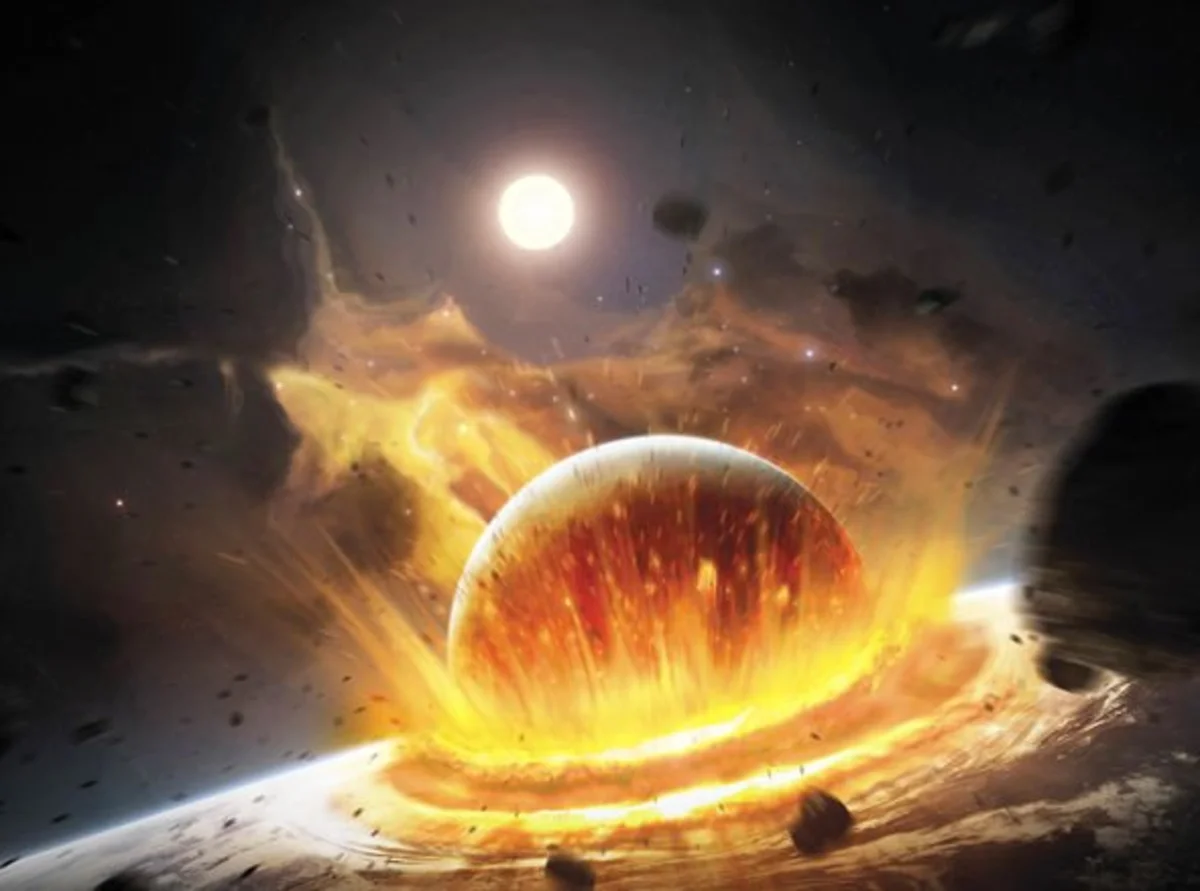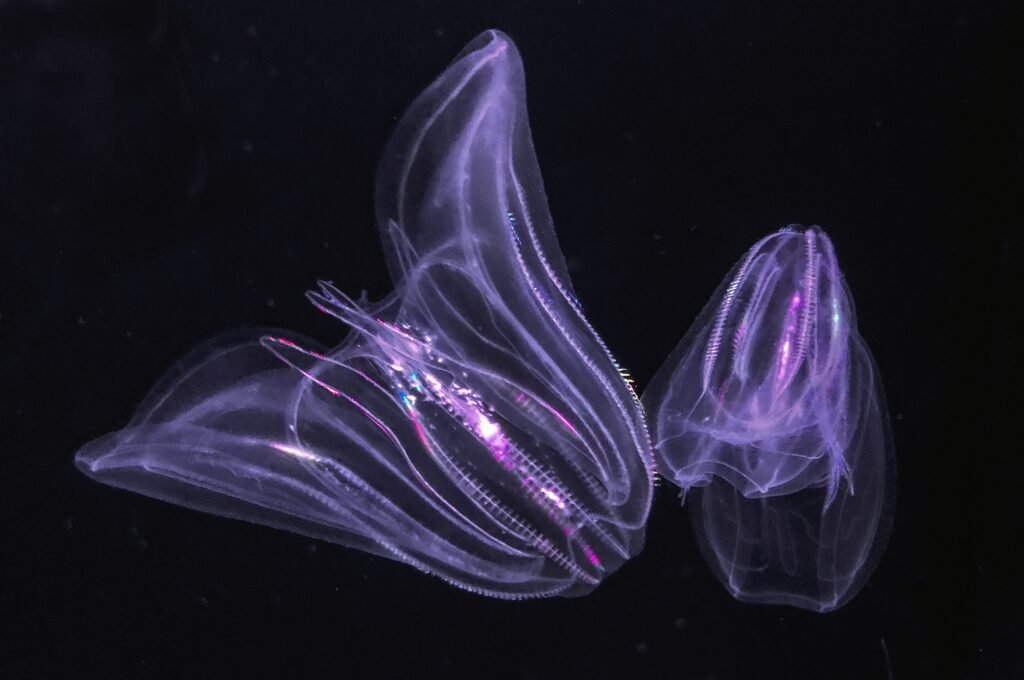A day used to be 19 hours long before Theia planet hit Earth
Do you know a day on Earth used to be 19 hours long instead of 24 hours before Theia planet hit Earth? Today, the planet Earth rotates at a comfortable 24 hours every day. However, this is a very new geological phenomenon.
Because the world rotated on its axis every 23 hours during the Mesozoic Era (252 to 66 million years ago). Most Surprisingly, the day was only 18 hours and 41 minutes long if we go back 1.4 billion years (Proterozoic era) before life on Earth truly started.

But how did it happen? Well, a day used to be 19 hours long before Theia planet hit Earth. Hence, the collision of Theia with Earth caused a sequence of rotational shifts.
The Earth’s rotation is mostly influenced by its single natural satellite, the Moon, which formed during the days of the Hadean Eon.
The Moon was only 14,000 miles away when it formed, most likely from the debris of Earth’s collision with ancient planet Theia. That was 17 times closer than it is now. The closeness of the Moon caused the Earth to rotate faster during the Proterozoic era.

However, from those early days, the Moon has gradually increased its distance from its host planet Earth. It finally resulted in the lengthening and increased duration of Earth’s day. So, Earth’s days are just getting longer now compared to older times? Well, it is not quite that simple.
Some scientists have hypothesized the duration of an Earth Day remained constant at around 19 hours for around a billion years. They oppose the idea that Earth’s daytime duration increases as the Moon’s distance from Earth increases owing to Theia collision.
Those scientists believe nothing happened on Earth during this long period in the middle to Proterozoic era. They call it a “boring billion” because nothing significant happened during this period.
Read More:
- Sea creature turns into a baby when it is stressed out showing time travel
- Realme Narzo 70 Turbo 5G launch date, features, specifications & price
- European Space Agency printed 3D metal part in space for first time
- Earth’s mysterious Alaska triangle where over 20,000 people disappeared
- Philips Hue launched a new smart lighting solution for kitchen
- NASA to launch life-searching spacecraft to Jupiter’s moon Europa
Share this content:










Post Comment